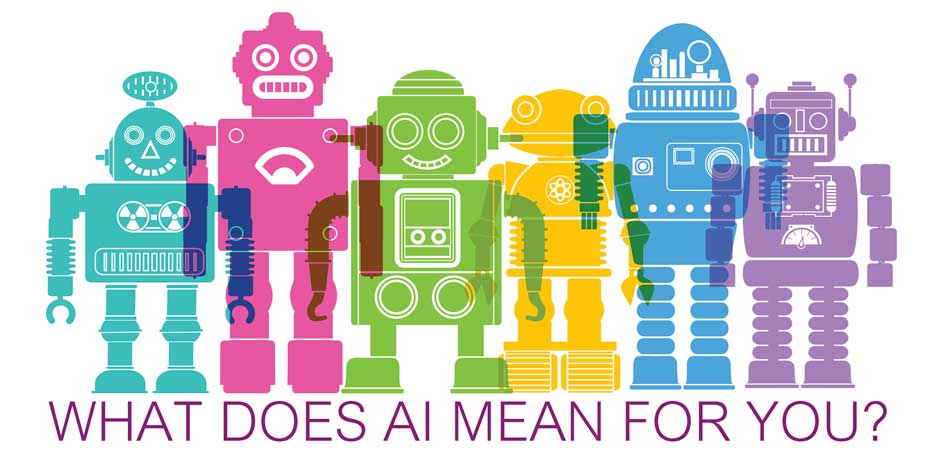 All the marketing fluff around Artificial Intelligence (AI) and “machine learning” that is attached to products of all types tends to be more hype than reality. While AI and it’s more advanced versions dealing with deep learning are definitely a big deal, what separates real progress using AI from mere hype?
All the marketing fluff around Artificial Intelligence (AI) and “machine learning” that is attached to products of all types tends to be more hype than reality. While AI and it’s more advanced versions dealing with deep learning are definitely a big deal, what separates real progress using AI from mere hype?
Products using advanced AI aren’t necessarily better than traditional rules-based or expert systems-based methods. One study showed that a deep learning classifier was actually not as accurate as a traditional statically-based approach. So adding the advanced AI ingredient to products does not necessarily yield a superior experience.
Improved Precision and Ease-of-Use
When it comes to advanced AI, there are two things that set apart good products from those that are just using hype: ability to improve precision and dramatically simplifying use of products. Both of these are more important than just AI.
Take the latter. Most who have experimented with Amazon’s Alexa would likely agree that using speech to direct requests and actions is a lot easier and more-efficient than using a traditional method such as a GUI, whether it is a mobile or desktop app. So the advanced AI capabilities associated with Alexa can dramatically simplify use.
For precision, let’s use Google Translate as an example. There is a wonderful article detailing the transition of that service from a traditional rules-based approach to using neural networks. Previous to this transition, the quality of the results (or precision) was questionable as anyone who actively uses the service could see. With the transition, rather suddenly the results of a translation dramatically improved—approaching that of real human translators. The application of advanced AI resulted in improvements to quality. Under the hood, the improvements are based upon the ability for a deep learning neural net to ingest enormous amounts of data—much more so than traditional AI—and derive more comprehensive inferences.
AI: What Makes the Difference
So while use of AI/machine learning/deep learning is quickly becoming a checkbox on a shopping list of features, it’s always good to understand how the application of advanced AI actually improves two significant factors that are most important to everyone: ease-of-use and precision.



